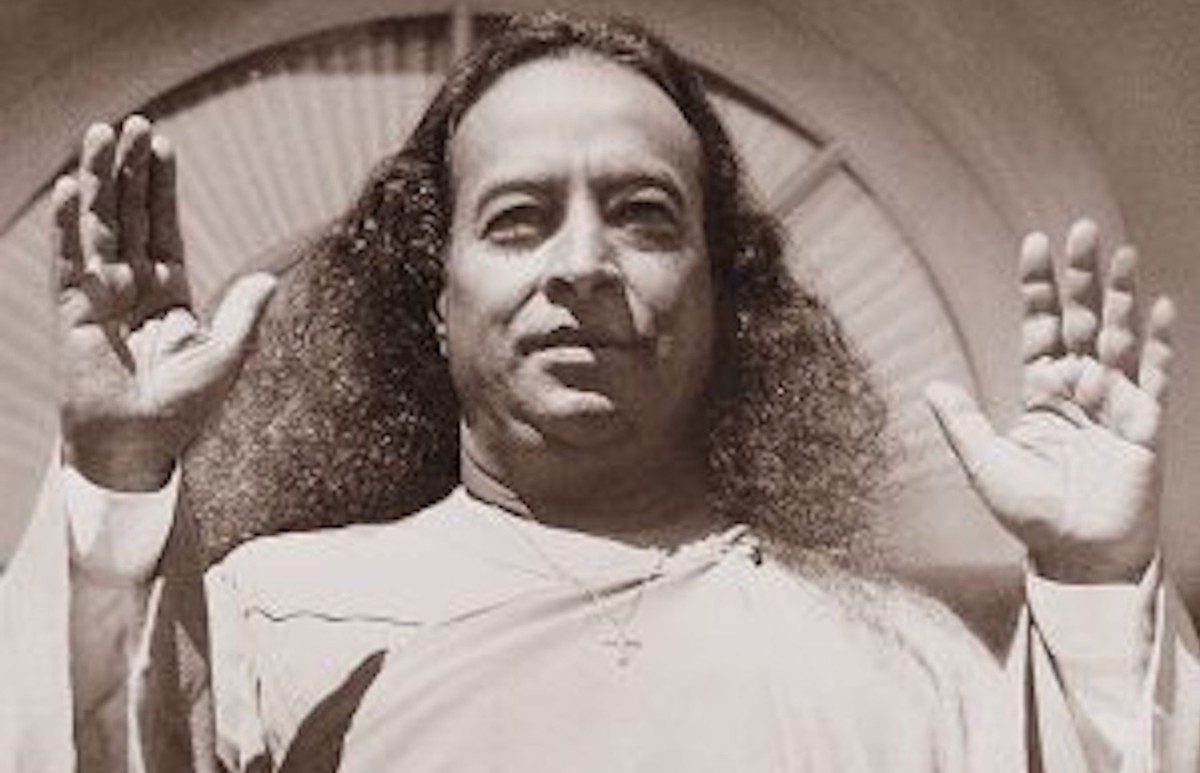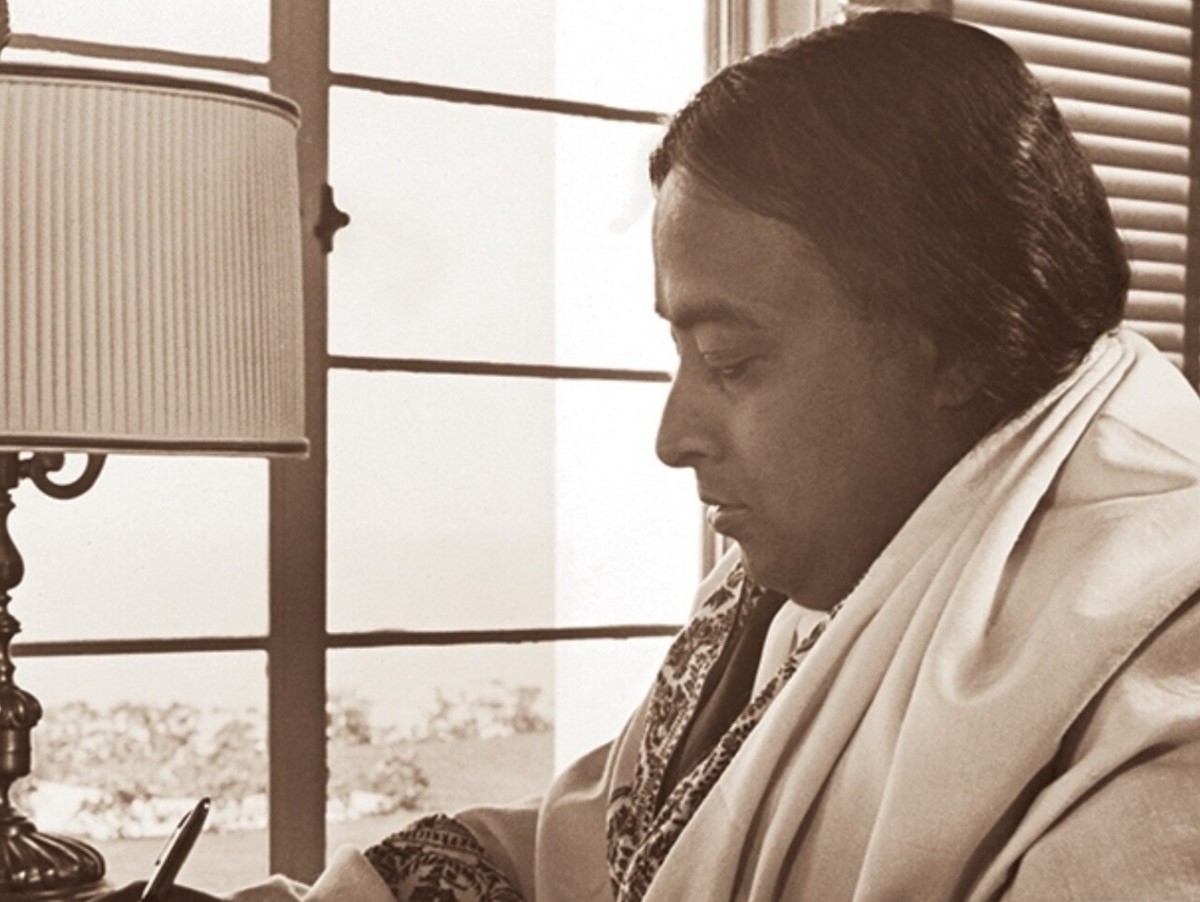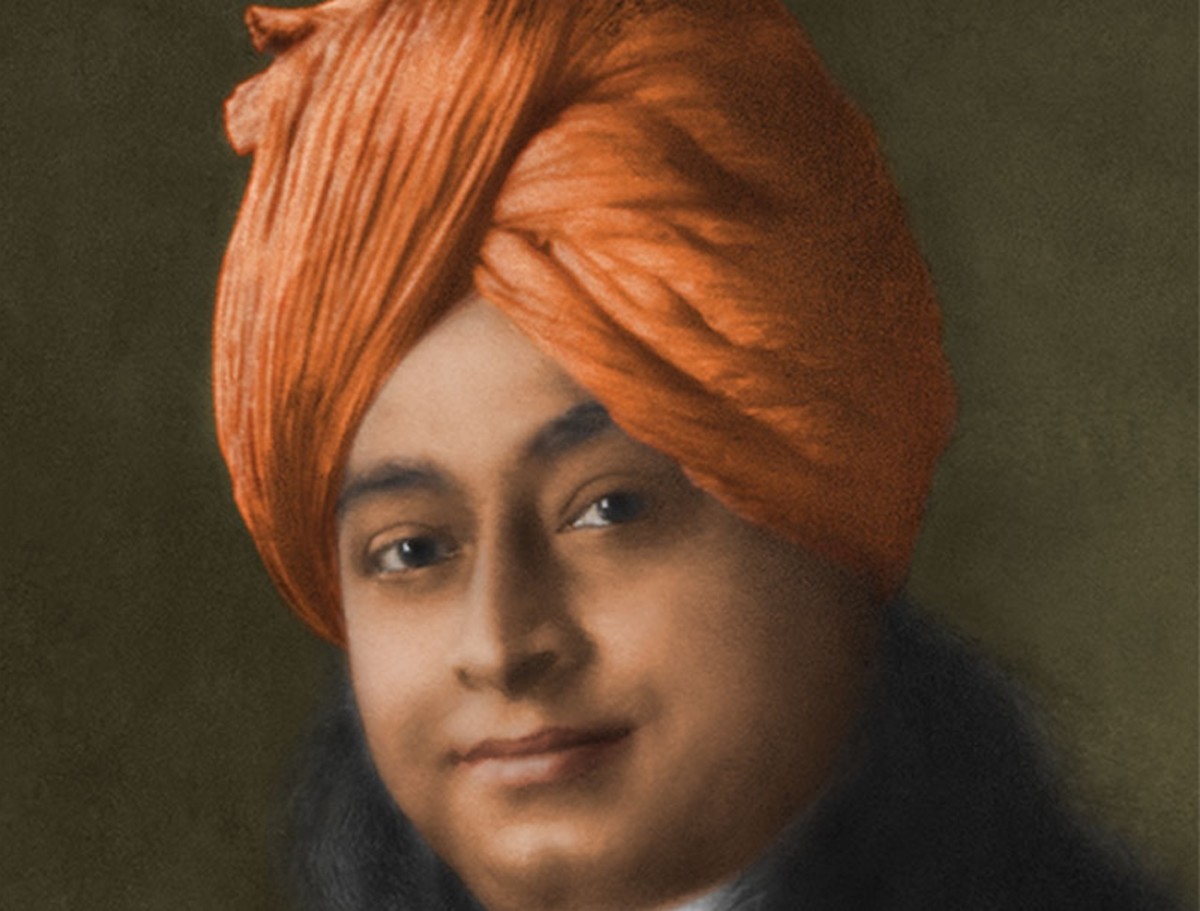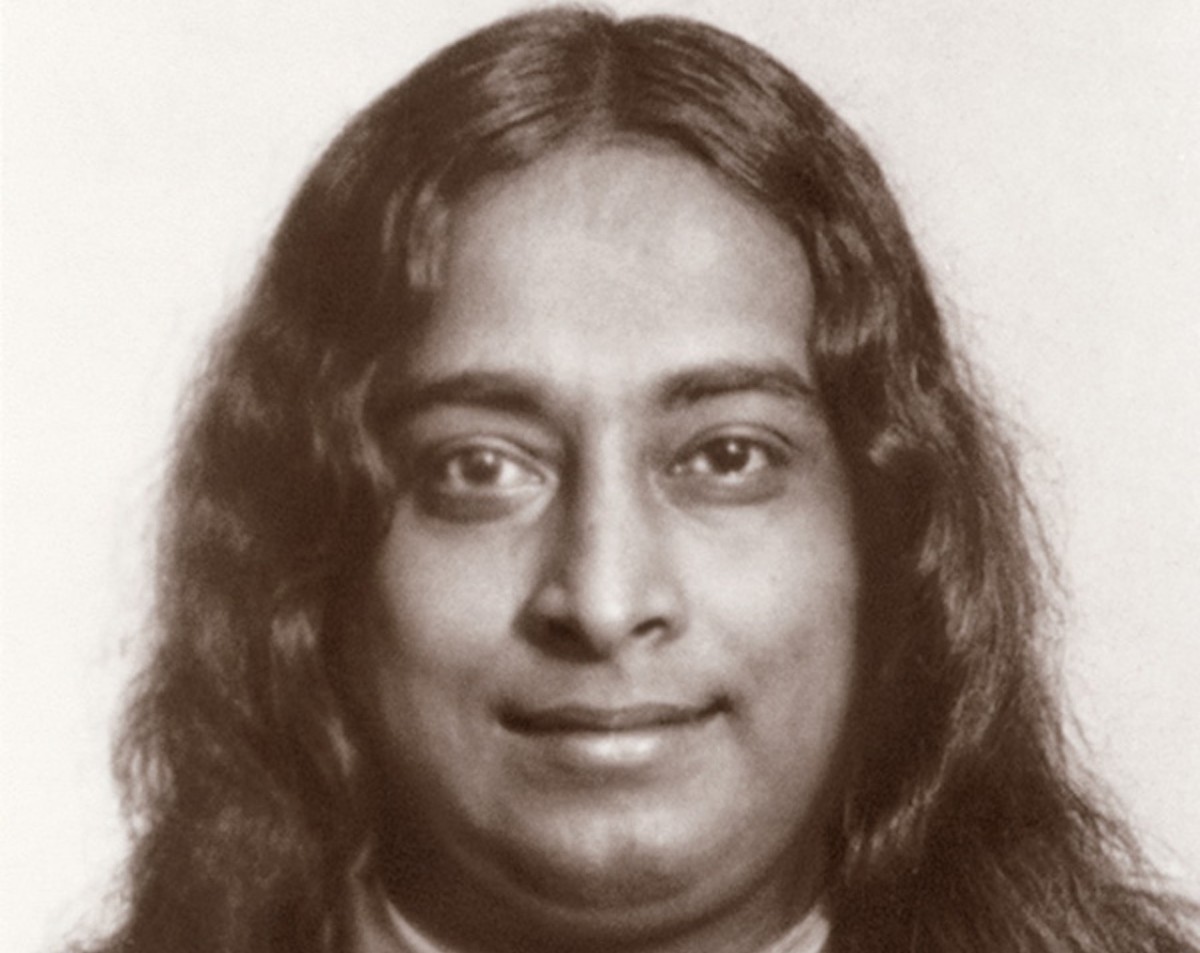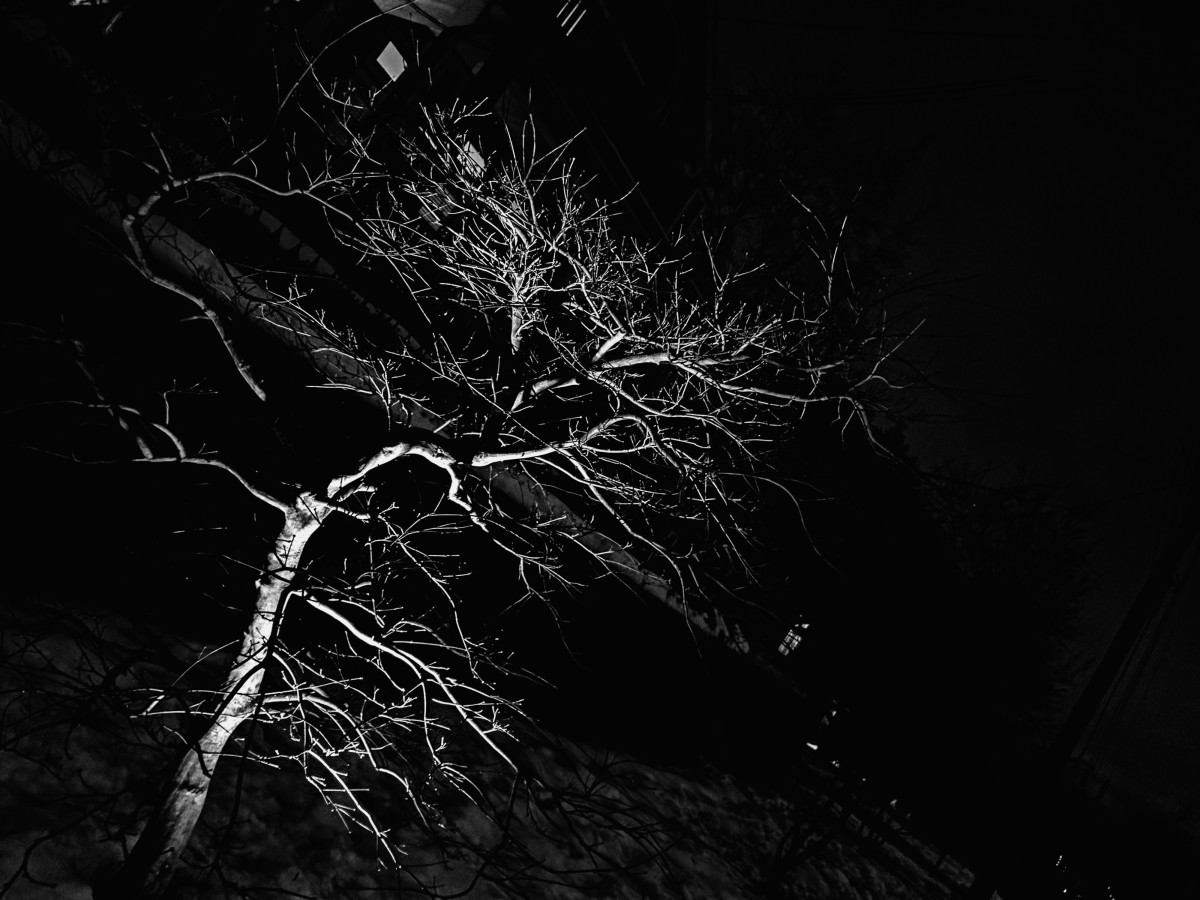Paramahansa Yogananda’s "Pikes Peak"
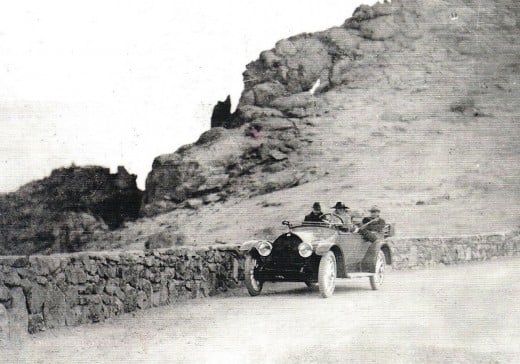
Introduction and Excerpt from "Pikes Peak"
Paramahansa Yogananda’s poem "Pikes Peak" dramatizes the majesty of the mountain while inspiring awe that the true nature of the human soul can be united with the Creator of all that beauty.
As all of the mystical poems featured in this volume do, this poem demonstrates how a devotee can sense and appreciate the Divine Reality by merely observing with deep seeing eyes the profound beauty the Creator has instilled in His creation.
Paramahansa Yogananda’s "Pikes Peaks" offers a fascinating dramatization of the great yogi’s trip up Pikes Peak by car.
In the poem, the speaker metaphorically likens the physical automobile ascendance up the mountain to the spiritual journey of the meditating devotee, who takes his consciousness up the spine to the brain.
This poem offers the striving devotee a way of thinking about God as Creator. A mountain remains an important symbol for humanity. People wish to explore and climb mountains simply because they are there. But spiritually striving seekers ask more profound questions than merely, "why climb a mountain?”
Spiritual seekers ask questions such as, why are mountains there? Why am I here? What can I do to understand the nature of reality? As yogic avatars reveal answers to these profound questions, they often do so by directing the devotee to created phenomena that have already been awe-inspiring.
The awe that the spiritual aspirant experiences in the face of physical things will then engender in the inquisitive mind the desire to unite with the Divine Reality That/Who created those physical phenomena.
It is the nature of awe that spurs the human mind and heart to garner all resources to funnel love into the ego to transform selfishness into godliness.
(Please note: This poem was composed during Paramahansa Yogananda's first trip to Colorado in August of 1924. The Denver Meditation Group of Self-Realization Fellowship offers a marvelous Web site documentary of Paramahansa Yogananda's visits to the Denver area.)
Excerpt from "Pikes Peak"
Ne’er did I expect to roam
On wheels four
Where thousand clouds do soar —
The dangerous, darksome path
With tricky winding "W" curves that climbed
And glided secretly
Full fourteen thousand feet above the sea —
The home of dark-hued clouds, so gamesome free,
That watched with heavy binding vapor-shroud
To cast ‘round stranger’s steps
That dared to tread in stealth
Their realm of scenic wealth
And I did swoon
To spy, by light of miser moon,
The deep, deep hollow hall of space below —
Dimly adorned with weirdsome light, aglow
On pictures of twinkling, sleeping cities;
Shadowy trees, leaves inert in resting breeze;
And tall soldier-stones, and valleys,
Bright in silhouette
(Please note: This poem appears in Paramahansa Yogananda's Songs of the Soul, published by Self-Realization Fellowship, Los Angeles, CA, 1983 and 2014 printings. A slightly different version of my poem commentary appears in my publication titled Commentaries on Paramahansa Yogananda’s Songs of the Soul.)
Commentary on "Pikes Peak"
Anyone who has taken this same trip up Pikes Peak can identify with the sentiment engendered by the colorful, accurate descriptive imagery offered in his spiritual travel poem.
First Movement: A Unique Experience by Car
The poem begins with the speaker asserting his surprise that he is making such a singular journey by car up the side of a mountain. Those individuals who have traveled by car up Pikes Peak will realize that this poem is giving them back that experience.
The clouds will be part of the memory for anyone who has taken this same journey. As the speaker has exclaimed, the experiences are surprising and unexpected.
Second Movement: A Spiritual Journey
As the speaker continues, he metaphorically likens the trip up Pikes Peak to a spiritual journey. The speaker spends the whole night at the top of Pikes Peak. He emphasizes his amazement that the moon reveals how "hollow" and "deep" the landscape below seems to appear.
At sunrise, the speaker observes that as the moonlight is replaced with dawn, the entire creation comes awake from its nightly sleep. As the speaker continues to describe the physical landscape, he also begins to make a subtle comparison between the physical and spiritual realms of existence.
His description makes clear the desirability of transcending the physical realm of existence and entering into the mystical, spiritual realm which is more real because it is permanent and not subject to constant change.
As he addresses the sun, the speaker offers an exclamatory elucidation of the symbolic nature of the sun. As all created beings observe the sun, they become aware that it is not only the physical orb that they are detecting but also—and much more importantly— the "Unseen Wonder."
The symbol of the sun with its piercing light functions to remind all earthly creatures that they themselves possess an inner glow—or spark—of the Divine Creator.
As wonderful as the mountain beauty is and as breathtaking as the sky, the moon, the stars, the clouds, the "twinkling cities," and "shadowy trees" are, the real wonder rests with the "Unseen Wonder," the One Who creates and sustains all of these physical wonders.
Third Movement: Transcending into Breathlessness
Across the physical sun that renders all creatures visible including all beautiful earthly objects from trees to glowing rivers, the meditating devotee transcends into the "breathless state," where he is no longer merely observing God’s creation but is, in fact, one with the Creator because the "roar and din of the tipsy sense" has quieted.
In the final stanza, the yogi/speaker communes with nature, as he poses questions to "the winds." He chases after the "rainbow." He implores the "pure white clouds" to tell him if they see what he has glimpsed. The speaker has detected the special essence that is God—the very Spirit that has created all of nature.
The mystically inclined speaker is, in fact, communing with that nature God, Whom he has just "spied."
He then emphasizes the Divine Beauty that remains inherent in all that has been created by the Divine Belovèd, and he accomplished this rhetorical feat with a set of multiple rimes: "Him whom I’d just spied / Whose One Face to see I’d tried / . . . And in joy I cried aloud, ‘See Him hide / Beneath the beauty tide!’"
This quintet of rimes drives home the revelation that God only seems to be hiding within His creation because the advanced devotee whose heart is bursting with devotion and love for the Divine can see with his inner eye what is "[b]eneath the beauty tide."
This poem gives each reader an adventure of crawling up a mountain by car, of viewing the panorama from the mountain top, and the added bonus of being made aware of the unity between the individual soul and "Unseen Wonder.
(Please note: Dr. Samuel Johnson introduced the form "rhyme" into English in the 18th century, mistakenly thinking that the term was a Greek derivative of "rythmos." Thus "rhyme" is an etymological error. For my explanation for using only the original form "rime," please see "Rime vs Rhyme: Dr. Samuel Johnson’s Error.")
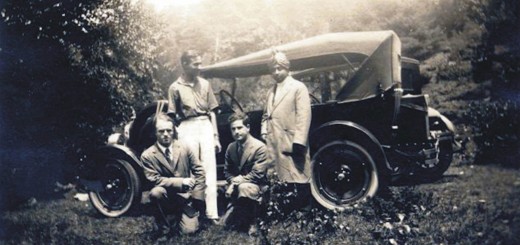
Related Paramahansa Yogananda Information
- Life Sketch of Paramahansa Yogananda: Father of Yoga in the West Paramahansa Yogananda is the monastic name of Mukunda Lal Ghosh. The sources for this brief life sketch of Paramahansa Yogananda are his Autobiography of a Yogi and the official Self-Realization Fellowship website.
Commentaries on Paramahansa Yogananda Poems
- Paramahansa Yogananda’s "Consecration" In the poem titled "Consecration," which opens Paramahansa Yogananda’s collection of spiritual poetry "Songs of the Soul," the speaker humbly consecrates his works to the Divine Creator. He also lovingly dedicates the collection to his earthly father.
- Paramahansa Yogananda's "The Garden of the New Year" In "The Garden of the New Year," the speaker celebrates the prospect of looking forward with enthusiastic preparation to live "life ideally!"
- Paramahansa Yogananda's "My Soul Is Marching On" This inspirational poem,"My Soul Is Marching On," offers a refrain which devotees can chant and feel uplifted in times of lagging interest or the dreaded spiritual dryness.
- Paramahansa Yogananda’s "When Will He Come?" How to stay motivated in pursuing the spiritual path remains a challenge. This poem, "When Will He Come?," dramatizes the key to meeting this spiritual challenge.
- Paramahansa Yogananda’s "Vanishing Bubbles" Worldly things are like bubbles in the sea; they mysteriously appear, prance around for a brief moment, and then are gone. This speaker dramatizes the bubbles’ brief sojourn but also reveals the solution for the minds and hearts left grieving for those natural phenomena that have vanished like those bubbles.
The Voice of Paramahansa Yogananda

This content is accurate and true to the best of the author’s knowledge and is not meant to substitute for formal and individualized advice from a qualified professional.
© 2025 Linda Sue Grimes

